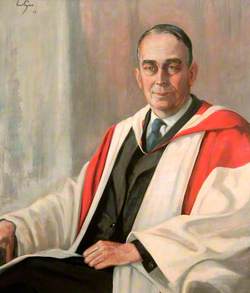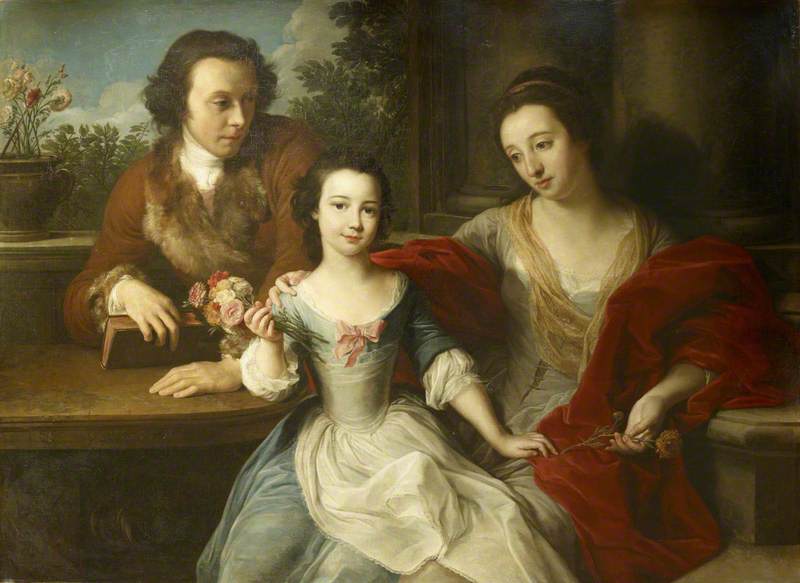How you can use this image
This image can be used for non-commercial research or private study purposes, and other UK exceptions to copyright permitted to users based in the United Kingdom under the Copyright, Designs and Patents Act 1988, as amended and revised. Any other type of use will need to be cleared with the rights holder(s).
Review the copyright credit lines that are located underneath the image, as these indicate who manages the copyright (©) within the artwork, and the photographic rights within the image.
The collection that owns the artwork may have more information on their own website about permitted uses and image licensing options.
Review our guidance pages which explain how you can reuse images, how to credit an image and how to find images in the public domain or with a Creative Commons licence available.
Notes
Add or edit a note on this artwork that only you can see. You can find notes again by going to the ‘Notes’ section of your account.
Sir Edwin Lutyens was born in London in 1869. He studied as a pupil under Ernest George until he established his own practice. Shortly after establishing his practice he met Gertrude Jekyll who collaborated on the landscape portion of many of his subsequent commissions and through her social connections, helped Lutyens accumulate many more commissions. Best known for his romantic country houses and designs for New Delhi (1913–1930), Lutyens also designed a number of war memorials including the Cenotaph (1919). His ambitious designs for Liverpool's Roman Catholic cathedral were never completed. Knighted in 1918, received the Gold Medal of the RIBA in 1921 and was made President of the Royal Academy in 1938. The posthumous portrait by his son, depicting Lutyens in the mid-1930s, was painted because the artist felt every other portrait made his father look 'over-serious'.
Title
Sir Edwin Lutyens
Date
1959
Medium
oil on canvas
Measurements
H 25.4 x W 22.9 cm
Accession number
4481
Acquisition method
Given by Robert Lutyens, 1966
Work type
Painting







